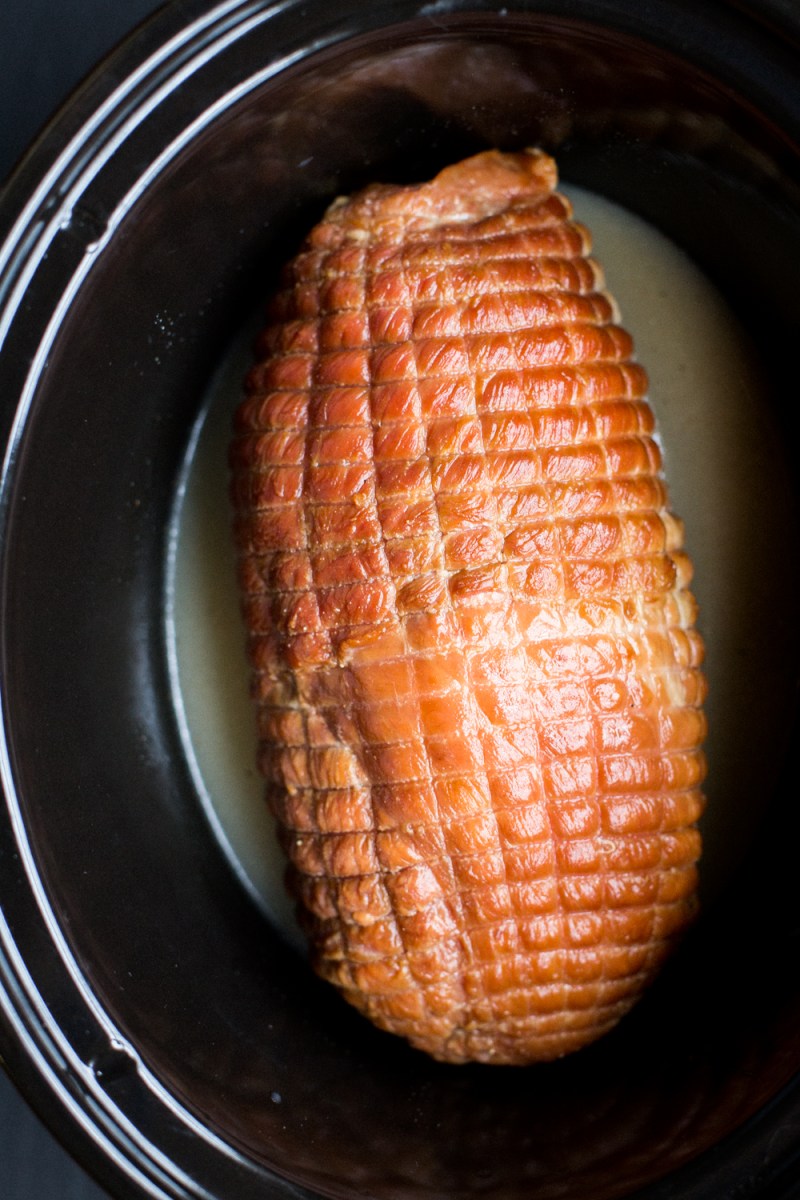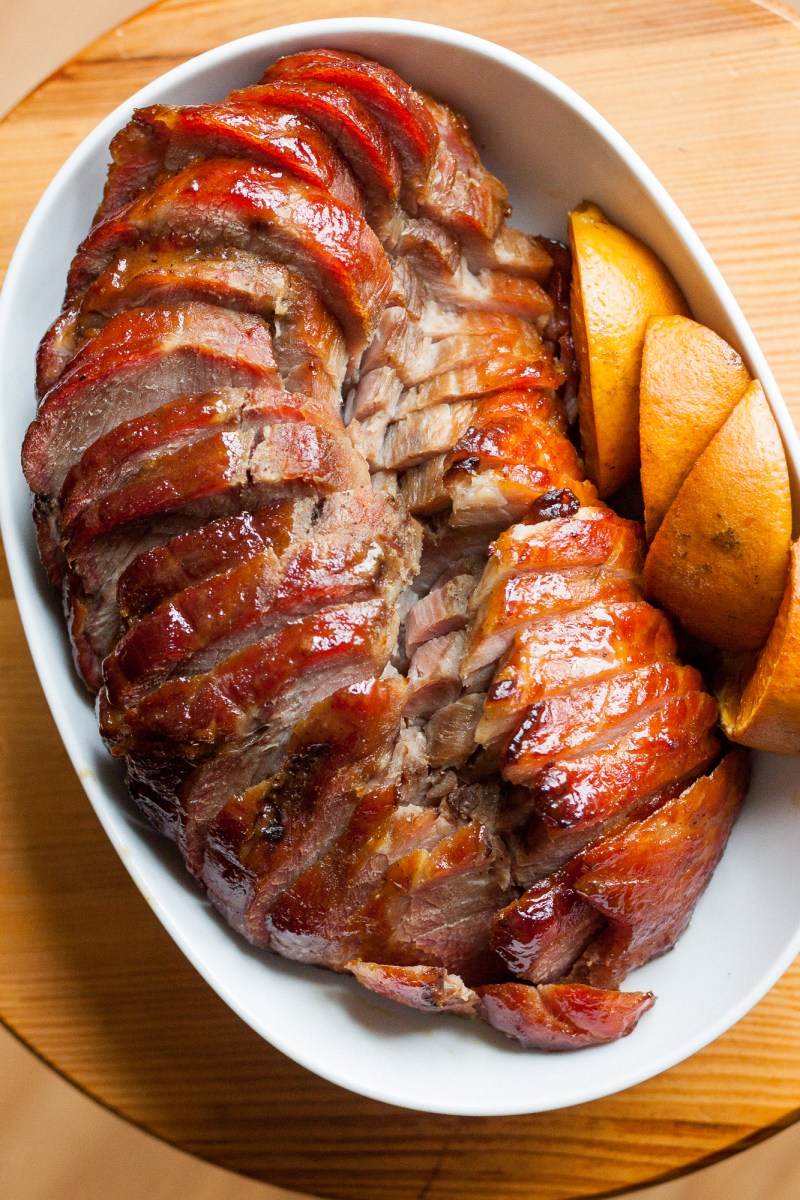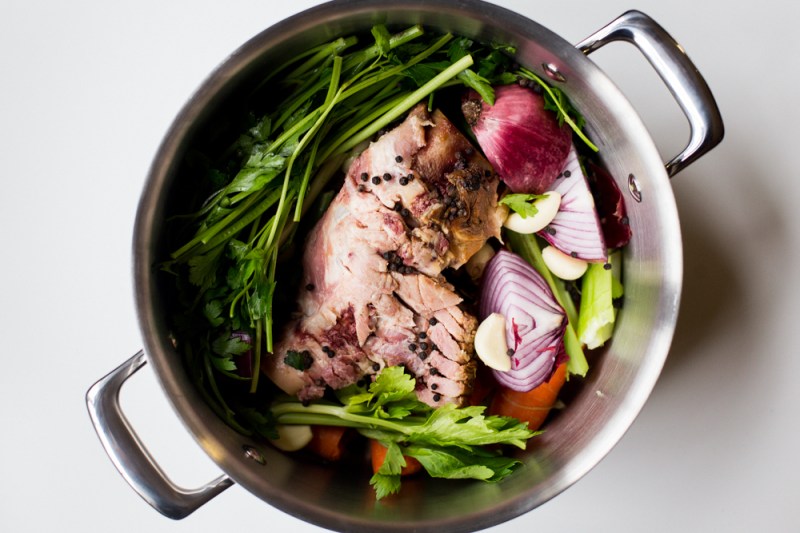
PNW friends! I’ll be appearing in Portland, Seattle, and Vancouver BC next month, signing books with Sarah Ballantyne and Mickey Trescott! More info on my events page.
Peas are an ancient food, eaten seasonally during the Paleolithic era. They were also one of the first cultivated plants, first grown in Western Asia about 8,000 years ago, and spreading to nearly every major culture from there. Today, there are many reasons to enjoy peas. They are very economical, and frozen sweet peas are one of the cleanest vegetables even when raised conventionally. They’re also very practical, since grabbing a handful of frozen peas from the freezer couldn’t be simpler. This soup is a great example of how convenient the little green guys are; start to finish, you can be enjoying this delicious and deeply flavorful meal in 25 minutes.
The word pea has an interesting origin; it was originally written as pease in English (taken from the ancient Greek pisum), which referred to both the singular and plural forms of peas. People confused the word pease with peas, incorrectly thinking it was plural, and later formed the singular word pea, which eventually became the norm around the 1650s. Pease still exists in some contexts, such as in pease pudding, or the children’s song “Pease Porridge Hot”.
Referring to thick fog as “pea soup” has been around for about 200 years, first used to describe the fog in London.
There is some controversy as to whether peas are “Paleo” since they are legumes. Like green beans, peas are the result of cultivation, and were selectively bred to reduce their toxicity, to the point where they can be eaten (and enjoyed) in their raw state. Theoretically legumes should be avoided, but I’m not one to follow food rules based solely on theory (see: my support of one of those pesky “grain” things, white rice). Personally, until the science definitively proves otherwise, my personal take is that they’re fine. Obviously, if you react poorly to them (or any other food, for that matter), you may want to rethink this approach.




